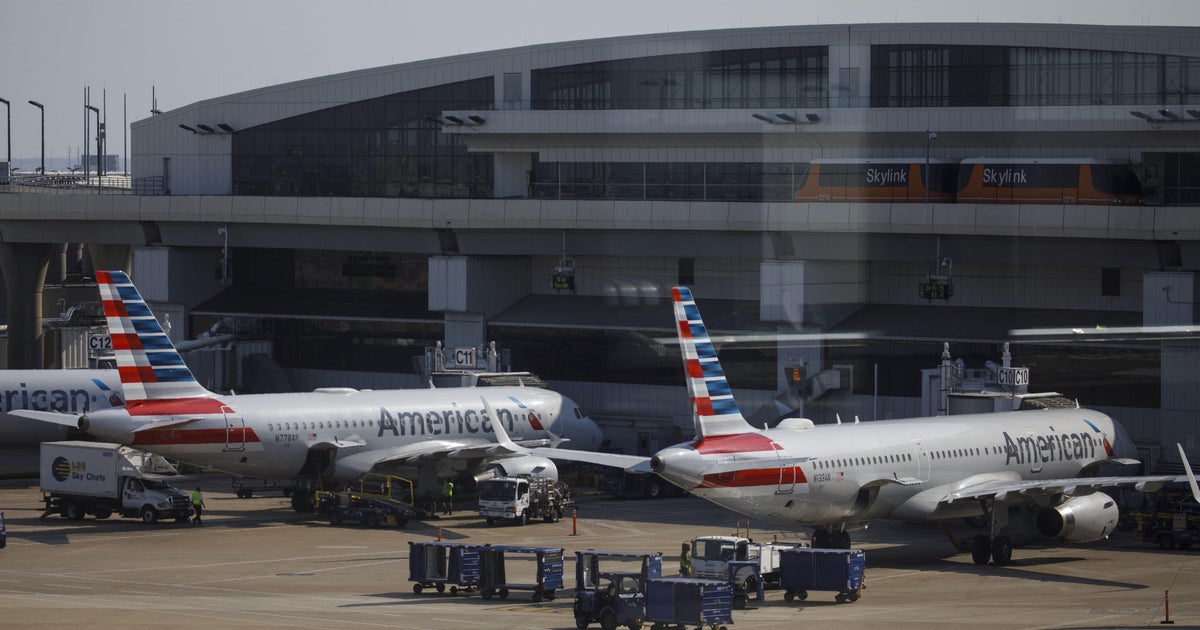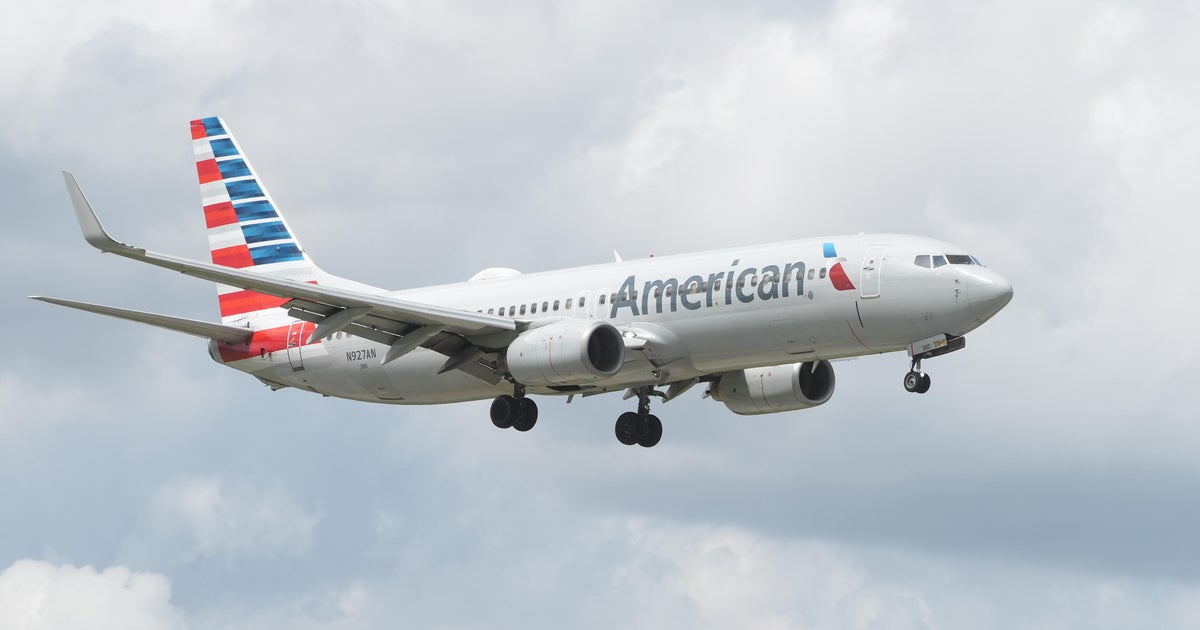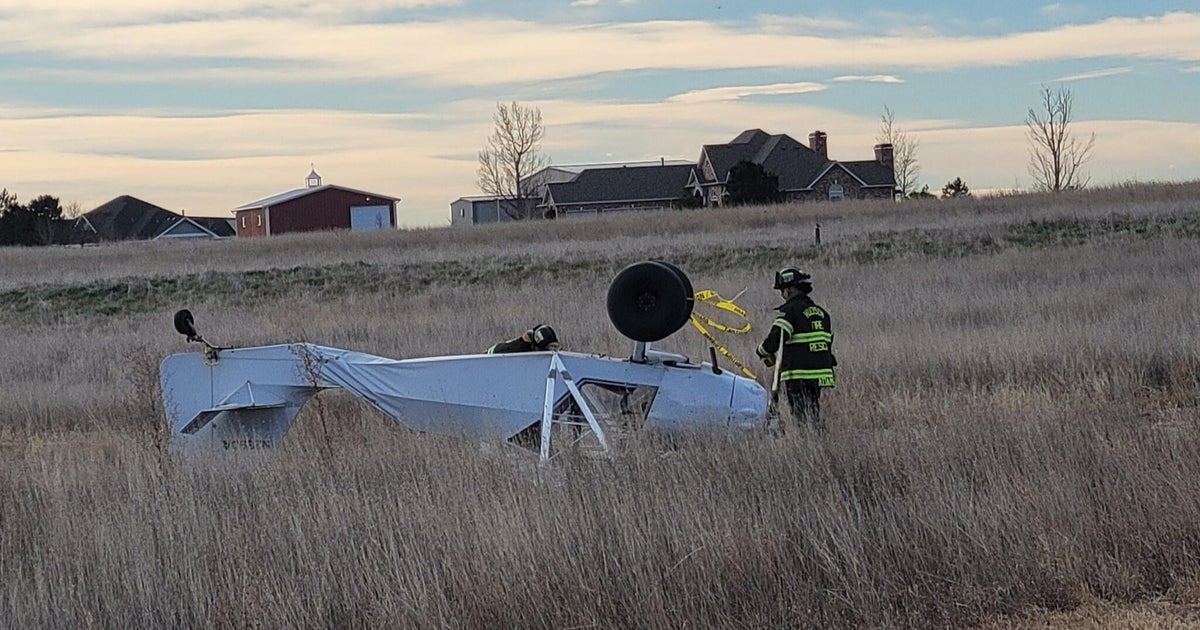Wheelchair users face frustrations in the air: "I've had so many terrible experiences"
A recent video of American Airlines crew members mishandling a passenger's wheelchair went viral on social media, sparking some people with disabilities to speak out about their negative travel experiences.
The video, which has been viewed 3 million times on TikTok, shows a baggage handler sending a wheelchair crashing down and off of a ramp. Wheelchair users say it's not uncommon for them to be mishandled or broken during air travel.
"I've had so many terrible experiences"
Cory Lee, an avid traveler who uses a wheelchair and writes a blog, Curb Free with Corey Lee that highlights accessible sites around the globe, said flying is easily the worst part of travel. He estimates that his customized, powered wheelchair, which costs $40,000, is damaged about half the times he flies.
"It's the part that I dread the most out of anything," Lee told CBS MoneyWatch. "I've had so many terrible experiences on planes and in airports being transferred out of my wheelchair."
In 2022, the 10 largest U.S. airlines lost, damaged or destroyed more than 11,000 wheelchairs and scooters, according to the Department of Transportation. That represents 1.5% of all wheelchairs and scooters boarded onto planes.
American Airlines said it's investigating the incident captured on video.
"This visual is deeply concerning, and we are gathering more details so that we can address them with our team," the carrier said in a statement to CBS MoneyWatch. The airline added that it routinely trains team members on how to properly handle wheelchairs and is committed to improving the experience of people who fly with them.
Lee said his wheelchair has been damaged countless times, often necessitating costly repairs in foreign destinations. After landing in Barcelona, Spain, while on a trip last summer, for example, he realized that one of his chair's wheels had been broken en route. That required him to find a repair shop in Spain and spend $300 to reattach the wheel. He filed a claim with the airline and was later reimbursed.
Airline personnel have also dropped him in helping him in and out of his chair, Lee noted.
Indeed, for disabled passengers, the risks go beyond damage to their wheelchairs. In August, United Airlines agreed to pay $30 million to the family of a quadriplegic man who went into a coma following an incident as he was being wheeled off a plane. The family of Nathaniel Foster Jr. alleged in a lawsuit that United "failed to abide by the standard of care owed to disabled passengers" after an agent "aggressively" pushed his wheelchair while helping him deplane in 2019.
A push to change planes
Battery powered wheelchairs and mobility devices are allowed through airport security but are not permitted not allowed in aircraft cabins, according to the Transportation Security Administration.
Under DOT rules, airlines are only required to transport manual wheelchairs in aircraft cabins. Powered wheelchairs are usually stowed in aircrafts' cargo compartments. There are no designated seats for any kind of wheelchair on planes, which means people who use them must be transferred from their chair to an airplane seat.
Advocates for people with disabilities want airlines to install wheelchair-friendly seats in planes to ease some of the frustrations of travel. All Wheels Up, an organization advocating for accessible planes, is pushing for solutions that would allow people who use wheelchairs to independently maneuver themselves onto planes, such as by installing a wheelchair spot on planes.
A bill for airline passengers with disabilities, The Mobility Aids On Board Improve Lives and Empower All (MOBILE) Act, was introduced in June to the U.S. House of Representatives and the Senate. It would task the Secretary of Transportation with researching alternatives to allow wheelchair users to fly seated in their wheelchairs, among other things. It would also require the Department of Transportation to track and publicly report detailed information on any damage airlines cause to mobility devices.
Lee said his "ultimate dream" is to be able to stay in his wheelchair when he flies.
"Other forms of public transportation, like trains, the subway and busses, have a wheelchair spot that I am able to use," he told CBS MoneyWatch. "Air travel is the last mode of transportation I cannot stay in my wheelchair for. It hasn't improved at all for wheelchair users, it has been the same for decades."








